Automobile and Aerospace & Defense
Though many companies in the Automobile and Aerospace & Defense industries qualify for the R&D Tax Credit, the vast majority of those companies are unaware that their daily activities could be generating additional tax savings. Below are some examples of activities that qualify for the Research & Development Tax Credit, including an explanation of how we analyze the activities of such companies to help establish our calculations.
Four-Part Test
In determining whether an activity qualifies as Research and Development for tax credit purposes, the IRS has put together a list of criteria that must be met. This list is commonly referred to as the “four-part test.” The four-part test is as follows:
Permitted Purpose – the activity is intended to result in a new or improved product or process (must be improving the functionality, performance, reliability, or quality)
Technological in Nature – the activity must rely on the principles of physical or biological science, engineering, or computer science
Technical Uncertainty – at the beginning of the activity, the taxpayer must be uncertain as to capability, method, or design
Process of Experimentation – the taxpayer must evaluate one or more alternatives to eliminate technical uncertainty (e.g., modeling, simulation, or systematic trial and error)
Additionally, anyone who is actively performing, supervising, or supporting an activity that meets all four parts will have qualifying R&D time. That qualifying time is then added into calculating the R&D tax credit.
Qualifying Activities
Many different common activities qualify as R&D for tax credit purposes in Automobile and Aerospace & Defense businesses. Companies that design, develop, and test new or improved prototypes, batteries, transmissions, airbags, brakes, tires, and vehicle bodies or product integrations in aircraft, including galleys, seats, in-flight entertainment options, and plans for aircraft component construction qualify for the R&D Tax Credit. Whenever your company experiments with or tests new automotive or aerospace parts while meeting applicable regulatory safety requirements or improves existing parts regarding performance or reliability, R&D is occurring. Utilizing CAD, modeling, and simulation of new or improved parts or sequencing/resequencing operations to increase production and decrease cycle times also support the R&D process. Other qualifying activities include:
Developing new or improved manufacturing processes or automating existing processes
Developing new, or improving existing, techniques for metal forming, welding, and machining
Developing new machines, fixtures, and tools for manufacturing and production
Developing new composite materials, procedures for heat-treatment, and components
Time spent directly performing, supporting, or supervising these activities also qualifies as R&D time. Throughout the course of an R&D study, Adams Consulting works with your company to identify your qualifying activities.
Qualifying Titles
While job titles are not always indicative of an employee’s job duties, the IRS does recognize a number of titles in relation to qualifying activities. In the Automobile and Aerospace & Defense industries, some examples of such titles include:
Aerospace Engineer
Automotive Engineer
Brake Specialist
CAD Designer
Chemical Engineer
Engineering Manager/Director
Mechanical Engineer
Production Engineer/Supervisor
Project Manager
Systems Engineer
Software Engineer
Structural Engineer
Non-qualifying Activities and Titles
Some activities and titles do not typically qualify for the R&D tax credit. Examples of non-qualifying activities are:
Adaptation or duplication of existing business components to meet a particular customer’s requirements
Research that is wholly funded by grant or contract
Research conducted outside the United States
Research related to style, taste, cosmetic, or seasonal design factors
Research in the social sciences, art, or humanities
Surveys (e.g., efficiency surveys, management surveys, market research, routine data collection, and routine quality control)
Examples of titles not usually associated with R&D qualifying activities would be:
HR
Purchasing
Marketing
Other soft-science related areas
Adams Consulting works with your company to identify which employees and activities are qualifying for the R&D Credit. We then thoroughly document those activities and the functions of those individuals involved as part of the R&D study.

